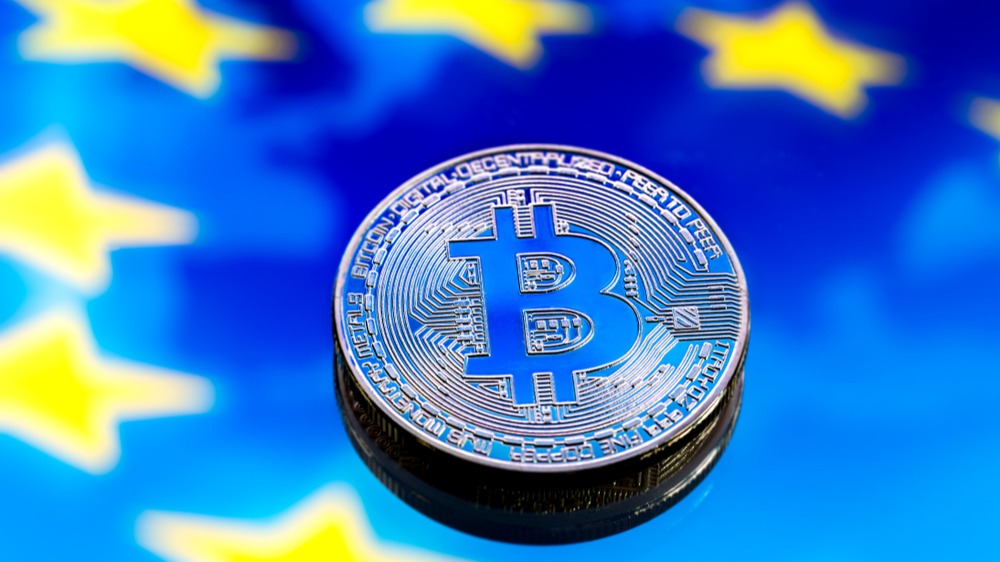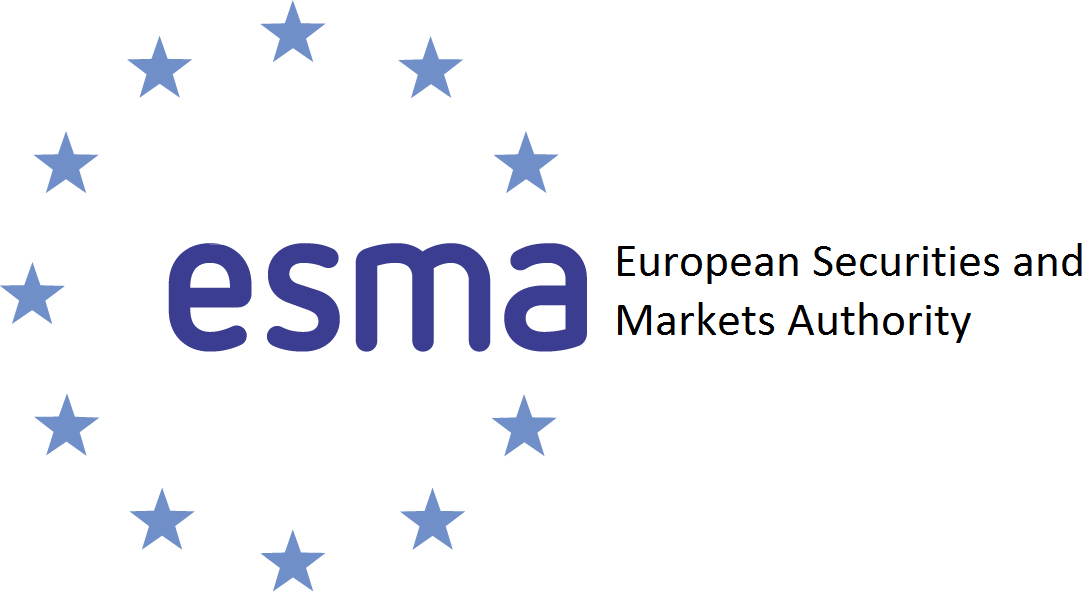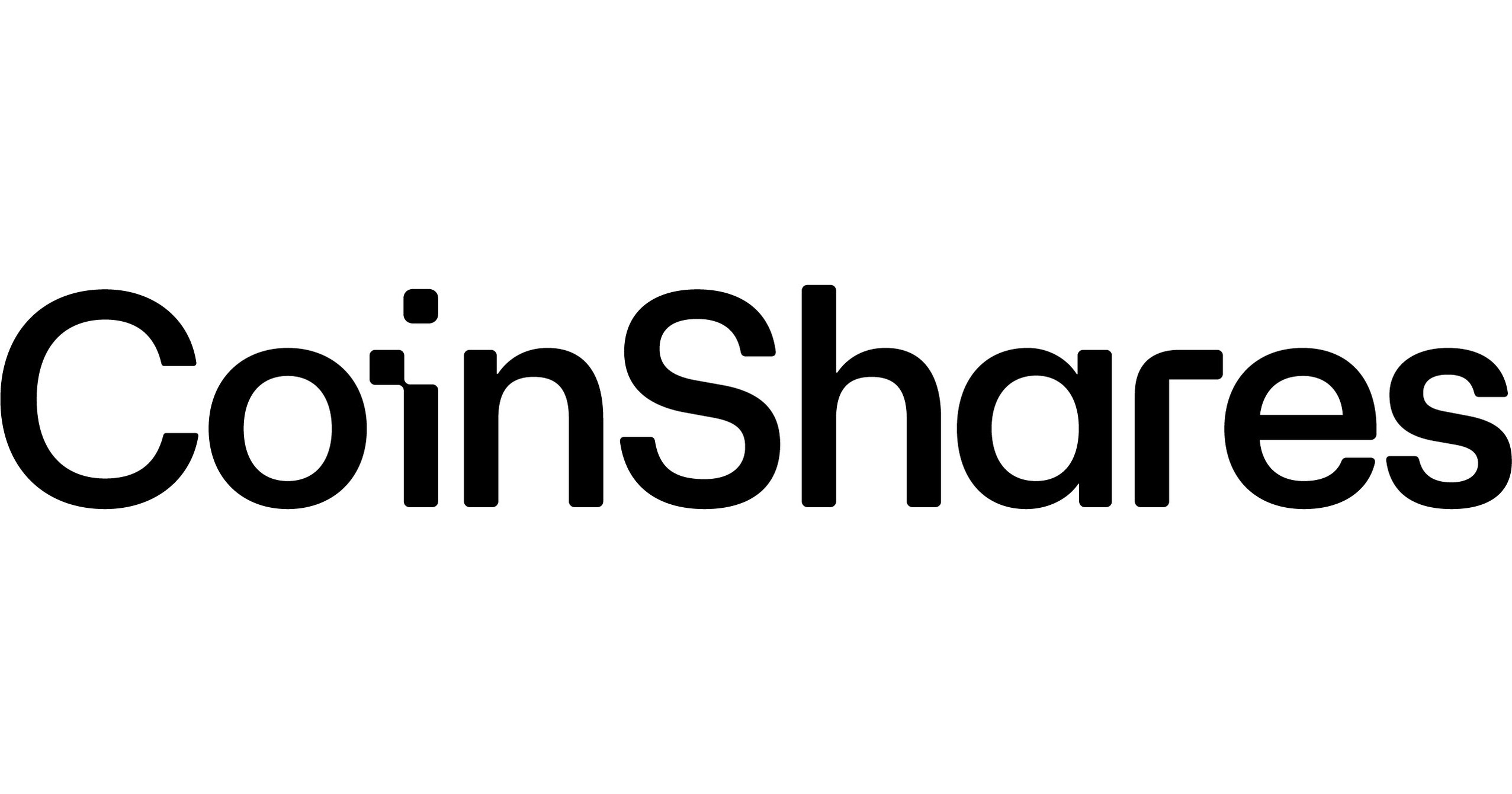A painstaking decade of rejections may have concluded with 11 spot bitcoin ETFs being approved in the US; however, crypto assets are unlikely to find a home in European ETFs despite the continent’s leading role in wrapping digital assets.
According to data from ETFbook, around $9bn is currently housed within crypto exchange-traded products (ETPs) in Europe, with a good portion of asset gathering and returns over the past year driven by news flow surrounding the anticipated approval of ETFs is the US.
Crucially, though, these products are structured as exchange-traded notes (ETNs) – debt instruments – and are not awarded the European ‘gold standard’ UCITS label.
Not an ETF as Europe would know it
The closest a product has gotten to achieving this was the Jacobi Bitcoin ETF (BCOIN) which launched last August
While not an ETN, BCOIN is also not an ETF in the fashion European investors are familiar with.
Instead, issuer Jacobi Asset Management worked with the Guernsey Financial Services Commission (GSFC) to engineer a ‘protected cell company’ (PCC), a unique structure wherein the PCC houses ‘cells’ such as BCOIN, behaving much as a sub-fund would on a conventional fund platform.
While Jacobi AM notes the ETF structure it employs is subject greater regulatory scrutiny and may not be subject to the same counterparty risk associated with some ETNs, there are several functional overlaps.
For instance, much like physically backed crypto ETPs or ETNs, each cell is backed by a pre-determined physical quantity of the underlying asset, in this case bitcoin.
Also, BCOIN is targeted at institutional investors which need at least $100,000 assets to allocate. Like other crypto wrappers in Europe, it does not benefit from the same distribution passporting, investor protection or eligibility benefits as UCITS ETFs.
Loopholes in UCITS
However, although crypto ETPs are not themselves considered UCITS eligible, this has not stopped them – or other digital asset exposures – from appearing in UCITS funds on odd occasions.
Townsend Lansing, head of product at CoinShares, previously told ETF Stream German regulator BaFin allows UCITS funds to buy crypto ETNs on the delta one exemption.
This is based on the same rationale as allowing funds to buy gold through exchange-traded commodities (ETCs), provided the vehicles are exchange-traded, transferable securities.
Elsewhere, WisdomTree noted Spanish regulator – the Comisión Nacional del Mercado de Valores (CNMV) – allows UCITS or equivalent collective investment schemes to have exposure to financial instruments with performance linked to crypto assets, provided they do not embed derivatives.
A closing door
Unfortunately for crypto-focused issuers, the most likely avenue for getting crypto UCITS ETFs over the line is likely disappearing.
Crypto, like gold and other commodities, are not listed within the European Commission’s Eligible Assets Directive for UCITS funds.
Yet, broad baskets of more than 20 commodities currently tout the UCITS ETF badge, owing to the fact they meet diversification rules known at the ‘5/10/40’ or the ‘20/35’.
However, a source familiar with UCITS and crypto ETPs told ETF Stream a sufficient range of crypto assets are already offered in wrapped crypto baskets and a crypto ETF meeting the quantitative rules for UCITS “could be launched tomorrow”.
While diversification requirements may be met on paper, regulators including BaFin would be mindful of whether a crypto basket represents convincing risk diversification, spreading and management.
Aside from convincing the market highly correlated coins and tokens can be considered distinct assets, Shane Coveney, partner at Dillon Eustace, said the next question would be whether a reliable supply of centrally cleared and exchange-traded futures would be available to facilitate liquid trading of sufficiently broad crypto baskets.
The follow-up consideration would then be the roll costs involved in replicating such an index comprising niche crypto assets, which may lead to tracing error and wide performance dispersion, Coveney warned.
These considerations may just be academic, though, with the European Securities and Market Authority (ESMA) stating last year it would assess whether an update to UCITS rules was necessary to close the loopholes enabling specialist exposures a foothold in its fund regime, which is intended to place investor protection front-and-centre.
Key authorities unconvinced
Also, as seen in the US, rejections and barriers will remain a way of life for crypto issuers looking to break into ETFs for as long as key regulatory stakeholders view the asset class as unsuitable for the broad investor base.
Lansing noted the interpretation of UCITS framework by watchdogs in Europe’s predominant fund domiciles – Ireland and Luxembourg – means they rule out direct exposure to digital assets within UCITS vehicles “on a prudential basis”.
Coveney said: “The Central Bank of Ireland (CBI) has noted that such exposure can present significant risks including liquidity risk, credit risk, market risk, operational risk (including fraud and cyber risks), money laundering and terrorist financing risk and legal and reputation risks.
“In assessing the suitability of such a product for a retail investor base, the CBI’s view is that retail investors would need to be able to appropriately assess the risks of making an investment in a fund which gives such exposures, something which has not been shown sufficiently to meet its requirements.”
In a similar vein, Luxembourg’s Commission de Surveillance du Secteur Financier (CSSF) said under its anti-money laundering and terrorist financing law, an entity investing in crypto “is not suitable for all kind of investors” and “UCITS, UCIs addressing non-professional customers and pension funds are therefore not allowed to invest directly or indirectly in virtual assets”.
While some may note the language used by the CBI and CSSF strongly resembles the health warnings delivered by Securities and Exchange Commission (SEC) Chair Gary Gensler in his statement attached to spot bitcoin ETF approvals, the two-tiered UCITS ETF and then non-UCITS ETC and ETN split in Europe creates a clearer line in the sand that does not exist in the US.
Athanasios Psarofagis, ETF analyst at Bloomberg Intelligence, stressed Europe’s approach is “more cut-and-dry”, with language to separate UCITS from “wonky stuff” in ETNs versus the “organised chaos” of the US, where “there is really no distinction”.







